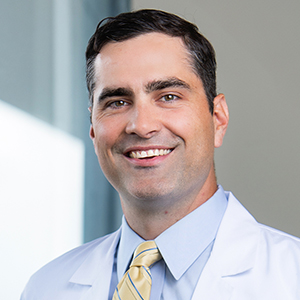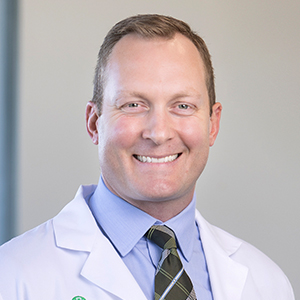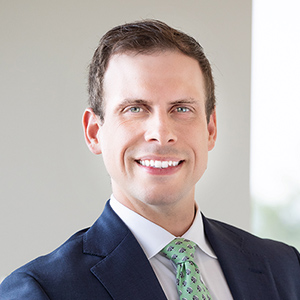Peachtree Orthopedics’ board-certified surgeons and orthopedic specialists diagnose and treat a wide range of upper extremity issues that affect the elbow, including fractures, arthritis, tendonitis, tennis and golfer’s elbow, ligament sprains and tears, dislocation and instability, and bursitis. Some of these elbow problems result from accidents or sports injuries, while others develop over time due to wear and tear of the joints and ligaments.
The fellowship-trained elbow specialists at Peachtree Orthopedics in Atlanta offer the full gamut of operative and non-operative solutions for your elbow conditions or injuries, no matter the level of complexity. Treatment options can range from non-surgical treatments and therapies such as physical therapy, NSAIDs, and injections, to surgical fixation, if necessary.










































